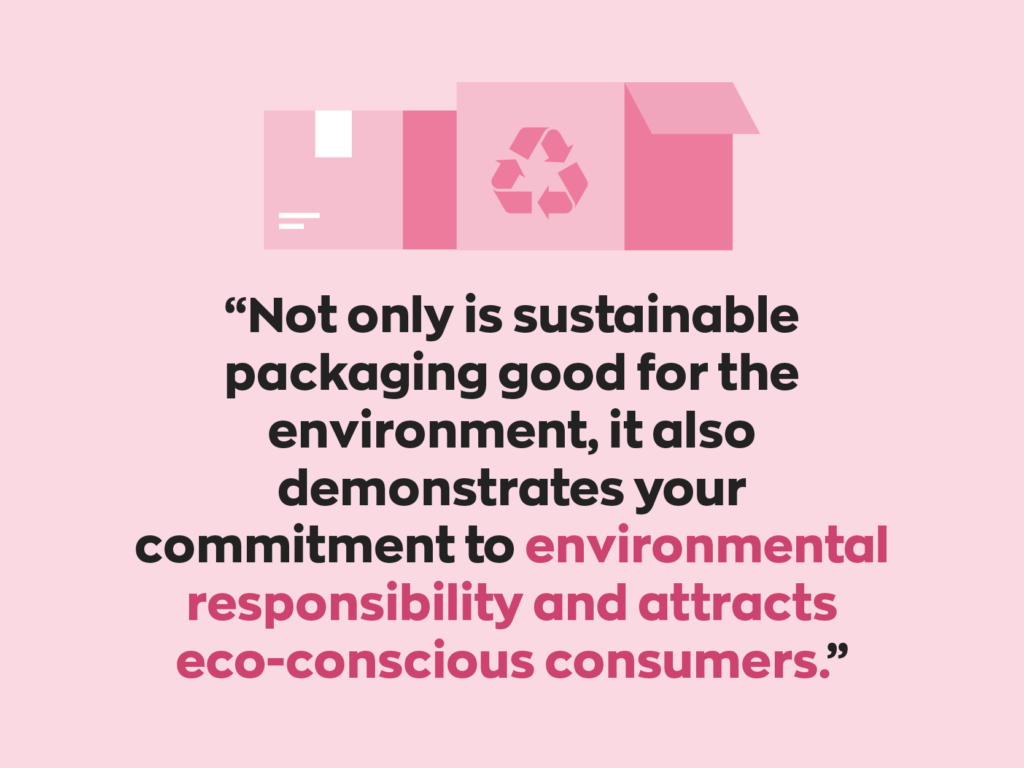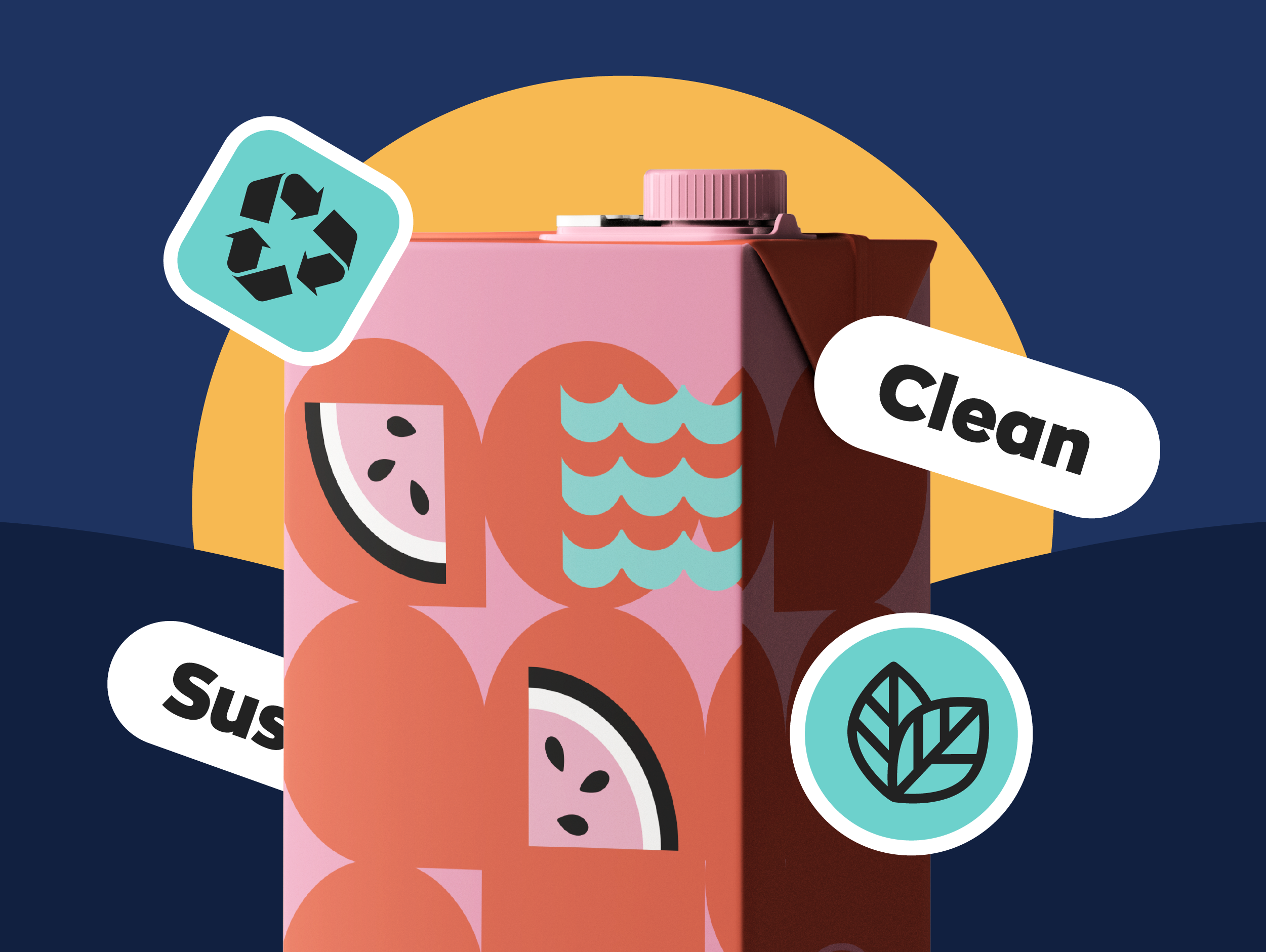Key Takeaways
- Clean Water Fund was founded in 1974 and advocates for clean water and sustainable packaging by raising awareness and influencing policies.
- PFAS and microplastics from single-use plastics are serious health risks.
- Clean Water Fund’s ReThink Disposable initiative promotes alternatives to reduce these plastics, pushing for sustainable packaging.
- Because sustainability has become very important to consumers, adopting sustainable packaging will not only reduce waste but also strengthen customer loyalty.
- Adopting inventory management techniques like just-in-time inventory (JIT) will reduce a business’s waste and environmental impact.
Of all the many resources on our planet, two are of the utmost importance: water and air. The reason for this, of course, is simple: humankind simply cannot survive without them. Even putting aside their necessity, water plays a crucial role in many of our technologies. Nuclear power plants, for example, use water to regulate both temperature and reactivity.
A less extreme example is data centers. Data centers play an increasingly important role in our day-to-day lives, and more and more providers are turning to immersion cooling.

In short, water is very important. For that reason, and many others, inFlow has donated to the Clean Water Fund as a sign of commitment. We understand the importance of sustainable packaging and believe that every business– large or small– can make a difference.
While different from what we usually post on our blog, this is no less important. So let’s talk about it!
Clean Water Fund– and why they matter
Founded in 1974, Clean Water Fund operates across several different states, with its HQ in Washington, DC. Their goal is to develop communities nationwide that understand the importance of clean water and the surrounding legislation.
Meant to complement Clean Water Action, Clean Water Fund has successfully helped develop and pass laws regarding clean water, such as the Clean Water Act, Safe Drinking Water Act, Superfund, and many others.
One of Clean Water Fund’s goals is to combat the proliferation of per- and fluoroalkyl substances (PFAS) in water systems. Even in small doses, these chemicals can cause damage to the liver and immune system. They also increase the risk of certain cancers, such as kidney or testicular. And the worst part? According to the CDC, practically everyone in the US has some amount of PFAS in their blood. To be perfectly clear: these chemicals are indisputably toxic.
It’s a common misconception that only third-world or impoverished companies struggle to access clean drinking water. I myself have experienced it. I live in Wilmington, North Carolina, an area that depends heavily on the Cape Fear River. For years, a company called DuPont had been dumping chemicals in the water– most notably, a PFAS called GenX.
Unbeknownst to us residents, they had been doing this for more than four decades, meaning we had been drinking it for decades. In my case, it means I’ve been drinking PFAS-laden water for the vast majority of my life. While our water is now free of PFAS, including GenX, the simple fact is that this should have never happened.

And, unfortunately, our clean water comes at a cost. The filters installed in the Sweeney Water Treatment Plan will incur a cost of $5 million every year, and much of that cost will be pushed onto their customers.
Why Clean Water Fund focuses on sustainable packaging
Another important mission of Clean Water Fund is reducing the amount of single-use plastics that a variety of industries use. When these plastics break down, they form microplastics. A microplastic is any piece of plastic less than 5mm in length. These plastics find their way into water systems, infecting not only the water but marine wildlife as well.
As a result, these microplastics often find their way into the average person’s diet in one way or another. Once absorbed, these microplastics can cause a wide range of health issues, including cell toxicity and oxidative stress. Limiting microplastic production and removing it when possible is crucial to minimizing health risks for the general population.
Clean Water Fund’s ReThink Disposable aims to stop trash before it starts by inspiring cultural shifts away from these plastics. In the long-term, this helps keep our water, from watersheds to tap, drinkable, fishable, and swimmable for generations to come.
The role of sustainability in business
We mentioned above that we believe businesses– like yours– have the ability to make a difference. It’s no secret that most companies always seek ways to reduce costs. Unfortunately, a lot of the time, this involves using single-use plastics. Many of which end up becoming toxic contaminants.
However, that doesn’t mean it’s always the most cost-effective option. In September 2023, Harvard Business Review published an article stating that consumers’ demand for sustainable products is rising. The article points to Publix as an example of a company that prioritizes sustainable products. This focus on sustainability in business is a large part of why Gen Z and Millennial customers are 162% more likely to purchase from Publix.
And in 2022, the company’s seafood department switched from single-use containers to returnable plastic totes. An action that eliminated the use of 190,000 containers and went a long way in building trust with their customers.
Sustainability brings business benefits
The benefits of sustainable packaging or sustainable packaging materials aren’t just limited to customer trust. For example, Oren’s Hummus saves $1,720 annually using reusable plastic cups instead of disposable ones. And the more a business scales, the more they save.

Another key point is public perception. It’s no coincidence that the HBR paints Publix in a positive light. Their public commitment to sustainability garners trust, which brings in customers.
Lastly, most governments are keenly aware of the health and sustainability issues that PFAS pose. In April of this year (2024), the Environmental Protection Agency issued the first-ever nationwide water drinking standard. This ruling designates two PFAS chemicals as harmful, substantially limiting the average American’s exposure to such chemicals. In the long run, this will prevent thousands of deaths, and many more serious illnesses.
Rules like these will likely become more common, especially regarding common packaging. Businesses that adapt will future-proof their operations while building stronger community ties.
How does inventory management play a role?
At first glance, it might not seem like inventory management plays a role in sustainability. However, inventory management involves overseeing and controlling a company’s stock levels. As a result, good inventory management means less waste and a more sustainable procurement process. Let’s break down some inventory strategies a business can integrate to be more sustainable. There are three main areas: product sourcing, inventory tracking, and product design.
Product sourcing
Finding sustainable packaging alternatives is the easiest way to make a difference. “Sustainable” in this context can mean a few different things; though most commonly biodegradable, compostable, or reusable. Even if the difference is small, it adds up over time. It could eliminate thousands of pounds of microplastics from our water systems in just a few years.
Another way to increase sustainability and eco-friendliness is by sourcing locally. This reduces a business’s carbon footprint by shortening shipping lanes. Sourcing from a supplier or producer who uses sustainable packing materials is another way to create a greener footprint.
Inventory tracking
A key facet of most businesses is inventory tracking. It yields useful data that you can use to become more sustainable. It tells companies where to reduce the amount of single-use packaging and helps identify areas receptive to sustainable practices.
Robust inventory tracking can also help reduce overall waste. Inventory management software makes it easy to adopt lean inventory management practices like just-in-time inventory (JIT). One example of this would be setting reorder points for your products. That way, you only order the perfect amount of stock at the right time to ensure you reduce the amount of dead stock you create.
Product design
Sustainable packaging may be easier to implement when designing from the ground up. Working with product designers and manufacturers can ease the transitional period when moving away from single-use plastics. And, generally speaking, consumers are becoming more and more likely to opt for eco-friendly options.
In the long term, focusing on and implementing sustainable business practices is a win-win for those involved. It improves business operations, brings new customers, and helps keep our precious water clean.
How Clean Water Fund drives change
One of the key foundations of marketing is awareness. You can’t sell a product if no one knows that it even exists, after all. And, as it turns out, the same thing applies here, even if not one-to-one.
PFAS and microplastics are real issues– but only if you know about them. For this reason, one of Clean Water Fund’s major goals is to educate the general public about them. And these efforts don’t just target consumers. They aim to educate and teach businesses about the benefits of sustainable packaging and practices, financial and otherwise. And, crucially, they are a non-profit organization.

Clean Water Fund also works to influence policy changes meant to hold businesses accountable, especially regarding packaging. In the long term, these policies benefit both the businesses and the communities surrounding them.
Can you really make a difference?
Yes. As an individual, sometimes it’s easy to imagine your voice being lost in the crowd. There are over 8 billion people who call Earth home, after all.
But we’re here to say that you can make a difference. Many employers will match donations you make to Clean Water Fund, essentially multiplying the donation. With this, even a small amount can become a lot.
And even if you’re unable or unwilling to donate, publicly supporting Clean Water Fund can make all the difference. No one is truly alone– our actions affect those around us and can compel them to do the same. One company spearheading change can compel others to do the same.
Conclusion
inFlow is proud to support the Clean Water Fund. We donate not only to support a just cause but in hopes of compelling others to do the same.
And it’s not as if there’s no merit outside of simply doing the right thing. Sustainable businesses have a marked advantage over competitors stuck in their old ways. Their overhead costs are often lower, and they build stronger community relationships. The benefits of that, in particular, are difficult to overstate.
And even if you’re unable to donate, we urge you to consider contributing in another way. Whether through adopting sustainable business practices or raising awareness.
If you’re interested in reading more about Clean Water Fund (or donating!) and its mission, you can do so here. Remember– they’re a non-profit organization. Every cent goes towards their mission in one way or another.
If this article has proved helpful or enlightening, please consider trying inFlow for your inventory needs! We would love nothing more than to connect with like-minded businesses.
That’s all for today! Happy holidays!






0 Comments